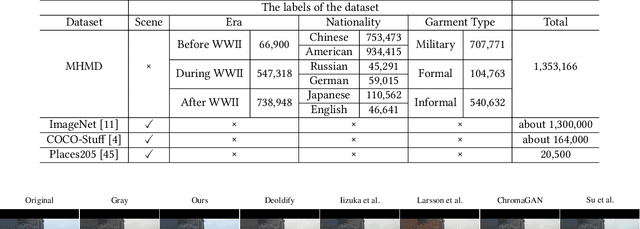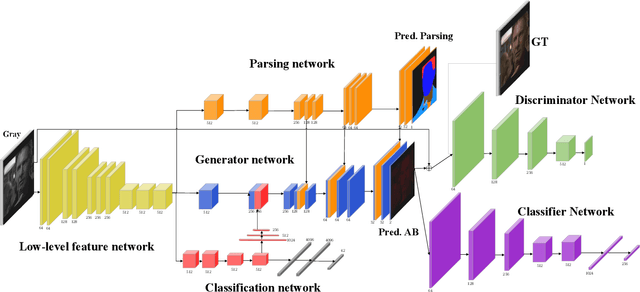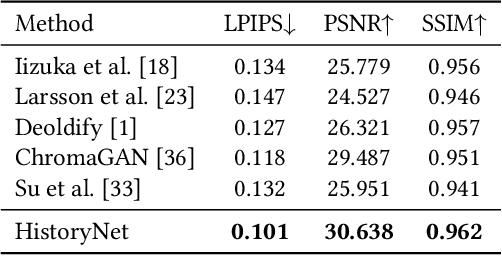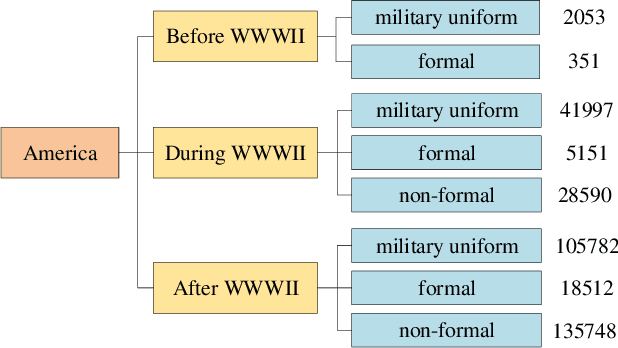Qilong Sun
TSP-OCS: A Time-Series Prediction for Optimal Camera Selection in Multi-Viewpoint Surgical Video Analysis
Apr 09, 2025Abstract:Recording the open surgery process is essential for educational and medical evaluation purposes; however, traditional single-camera methods often face challenges such as occlusions caused by the surgeon's head and body, as well as limitations due to fixed camera angles, which reduce comprehensibility of the video content. This study addresses these limitations by employing a multi-viewpoint camera recording system, capturing the surgical procedure from six different angles to mitigate occlusions. We propose a fully supervised learning-based time series prediction method to choose the best shot sequences from multiple simultaneously recorded video streams, ensuring optimal viewpoints at each moment. Our time series prediction model forecasts future camera selections by extracting and fusing visual and semantic features from surgical videos using pre-trained models. These features are processed by a temporal prediction network with TimeBlocks to capture sequential dependencies. A linear embedding layer reduces dimensionality, and a Softmax classifier selects the optimal camera view based on the highest probability. In our experiments, we created five groups of open thyroidectomy videos, each with simultaneous recordings from six different angles. The results demonstrate that our method achieves competitive accuracy compared to traditional supervised methods, even when predicting over longer time horizons. Furthermore, our approach outperforms state-of-the-art time series prediction techniques on our dataset. This manuscript makes a unique contribution by presenting an innovative framework that advances surgical video analysis techniques, with significant implications for improving surgical education and patient safety.
Focusing on Persons: Colorizing Old Images Learning from Modern Historical Movies
Aug 14, 2021



Abstract:In industry, there exist plenty of scenarios where old gray photos need to be automatically colored, such as video sites and archives. In this paper, we present the HistoryNet focusing on historical person's diverse high fidelity clothing colorization based on fine grained semantic understanding and prior. Colorization of historical persons is realistic and practical, however, existing methods do not perform well in the regards. In this paper, a HistoryNet including three parts, namely, classification, fine grained semantic parsing and colorization, is proposed. Classification sub-module supplies classifying of images according to the eras, nationalities and garment types; Parsing sub-network supplies the semantic for person contours, clothing and background in the image to achieve more accurate colorization of clothes and persons and prevent color overflow. In the training process, we integrate classification and semantic parsing features into the coloring generation network to improve colorization. Through the design of classification and parsing subnetwork, the accuracy of image colorization can be improved and the boundary of each part of image can be more clearly. Moreover, we also propose a novel Modern Historical Movies Dataset (MHMD) containing 1,353,166 images and 42 labels of eras, nationalities, and garment types for automatic colorization from 147 historical movies or TV series made in modern time. Various quantitative and qualitative comparisons demonstrate that our method outperforms the state-of-the-art colorization methods, especially on military uniforms, which has correct colors according to the historical literatures.
 Add to Chrome
Add to Chrome Add to Firefox
Add to Firefox Add to Edge
Add to Edge